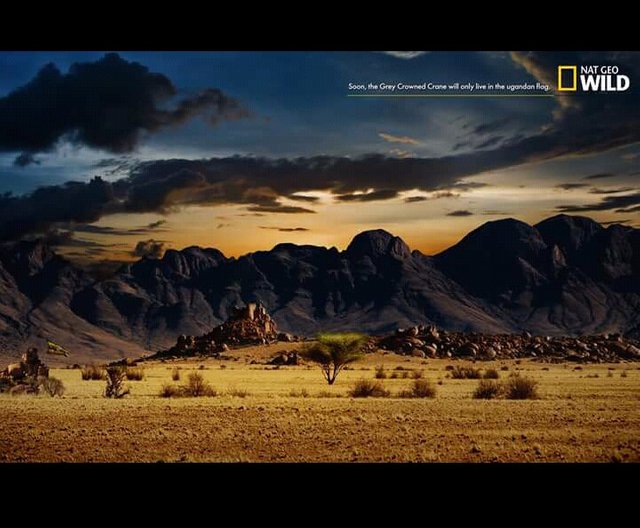
Riding down the steep grade at 50 kilometers per hour, those volcanoes felt so close that I could stretch out my arms and touch them. At that moment I wondered, as I often do, what Mexico City looked like before it was Mexico City. Before the bloody arrival of the Spanish conquistadores, before the Toltecs and Aztecs established Anahuac and Teotihuacan and Tenochitlan, before the first humans made their migration across the Alaskan Strait and down the continent that would come to be called the Americas.
We all ask that question -- What would this place look like without humans? -- and it's at the center of JB MacKinnon's The Once and Future World.
The book sits somewhere between ecological history and philosophical inquiry. MacKinnon reaches back into the historical record to remind us what "nature" once represented. "To know what [nature] is," he writes, "you must know what was." And so, much of the book is filled with rich descriptions of the natural world 100, 200, 500 years ago. But a significant portion of the book is philosophical, questioning just what we mean when we speak of "the natural world." Where do we fit in nature? And what is our role in its evolution?
Looking back in time, MacKinnon argues convincingly that, as a generalization, we live in a 10% world. Compared to a few hundred years ago, the seas now have ten percent as many fish, the forests ten percent the number of birds, the land ten percent the former biodiversity. Imagine, for every whale we see today, we should have expected to see 10 a few centuries ago. If this massive impoverishment of biodiversity had happened during a single generation, them surely we would have done something about it. But instead it happened across centuries.
For MacKinnon, our inaction is rooted in the "shifting baseline syndrome." Each new generation takes for granted that the world always has been as it was when they were born. We picture the natural world as we inherited it, not as it once was. If we don't read ecological history, then we don't realize how vastly we have transformed the planet across generations. Our cultural amnesia forgets what house prices were just ten years ago or the portion size at a restaurant, or what that hillside looked like before it became a suburban development.
There is much talk about conservation and sustainability, but MacKinnon doesn't want all the humans in the cities, isolated from the biodiversity in natural reserves. Rather, he advocates for a wilder world, one in which humans, animals and plants all commune together.
"The crisis in the natural world is one of awareness as much as any other cause," MacKinnon writes. We move into cities where we become more isolated from nature, and as a result we care less about it. Unlike our grandparents, we're not able to name the species of local birds or flowers, we know little about their characters or habits. "For most of us, familiarity with corporate logos and celebrity news is of more practical day-to-day use than a knowledge of local birds and edible wild plants.
@edwinpresh, I gave you a vote!
If you follow me, I will also follow you in return!
Downvoting a post can decrease pending rewards and make it less visible. Common reasons:
Submit
Hi! I am a robot. I just upvoted you! I found similar content that readers might be interested in:
https://www.goodreads.com/book/show/15797661-the-once-and-future-world
Downvoting a post can decrease pending rewards and make it less visible. Common reasons:
Submit